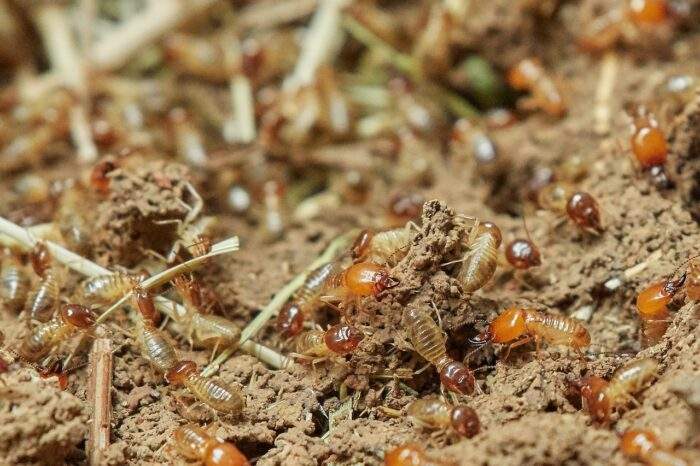4 Signs of a Termite Infestation You Shouldn’t Ignore

A termite inspector looks for several signs. For example, they may check for mud tubes — covered highways that termites use to access above-ground wood.
The swarmers that emerge in April and June to start new colonies are another telltale sign of a possible infestation. They’re attracted to street lighting and often swarm around porch lights at dusk.
Mud Tubes
Mud tubes are tunnels that subterranean termites build around your home’s foundation and other structures. They are constructed of saliva, fecal matter, and soil, and they help protect the insect from dry air and predators. They can also serve as a gateway into your home.
Seeing these tube-like structures is an instant telltale of a possible termite infestation. Whether they are visible in the yard or crawl space of your home, you should call a Ant and Termite Control in Covington Kentucky company, to get them professionally removed.
Termites build several types of mud tubes. Scouting tubes are shoddily constructed and temporary and used to explore for wood. Drop tubes are lighter in color and resemble stalagmites in caves, and they help connect with other termite shelter tubes so that the insect can travel between its colony and food sources more efficiently. They are also used to reseal mud tubes contaminated by rain or soil.
Pinholes in Drywall
Termites cause billions of dollars in property damage every year. They’re masters of camouflage, invading homes from below and destroying the wood that holds them together.
Pinholes in drywall are a telltale sign of termite infestation. A combination makes these small holes of wall dirt, wood shavings, and termite droppings. These droplets are called frass and accumulate near infested areas.
Another sign is dust collecting on top of baseboards or where the walls meet the floor. This dust is dark in color, almost resembling black pepper. This is a sign of termite dust that may have fallen from a tunnel.
If you notice these signs, tap on the walls to see if they sound hollow. If they do, it’s a sign of extensive termite damage and should be treated immediately. If left untreated, this damage can lead to the need for expensive repairs or even the need to rebuild your home. This is why catching a termite infestation early is essential before the damage becomes severe.
Swarmers
Termite swarmers are the reproductive members of the colony and resemble flying ants. When they appear in your home or yard, it’s a sign that a termite infestation is nearby.
Swarmers leave their colony to find mates and start new colonies. They’re poor fliers and typically don’t travel more than 300 feet from their original colony. If you see a swarm of these insects near your home, scheduling an inspection immediately is a good idea.
You may also notice discarded wings in webs or surfaces around your home’s foundation, such as window sills. Termite wings are pale-colored and approximately 1/4 to 1/2 inches long. In contrast, ant wings are paired and more prominent in size. If you spot a swarm of ants with stacked wings, they’re likely a swarm of worker ants. These are the pests that cause most of the damage to homes. They’re the ones that eat wood inside your walls and can cause structural damage.
Hollow Sounds
Termites live in hollow spots within wood, so tapping on walls or wooden structures in your home should produce an open sound. If they don’t, it’s a sign that there may be a termite infestation, and you should call your pest control expert for inspection.
It would help to listen to clicking or munching sounds in your walls, which signify termites at work. Another giveaway is BB-sized wet or dry mud spots on a wall or ceiling, called mud tubes created by subterranean termites.
Another way to spot hollow sounds is by noticing that wood surfaces in your home have swollen, which can occur when a termite colony is attacked. This can lead to paint bubbling or even cracking in the wood. This can sometimes make opening or closing a door or window difficult due to the pressure from the wood’s swelling. You might also notice that swollen areas are soft to the touch, similar in texture to sand.







